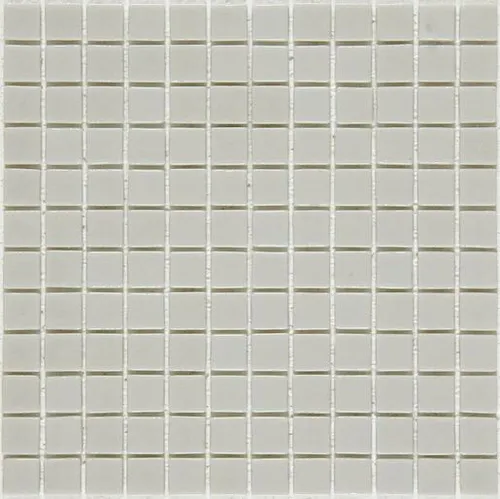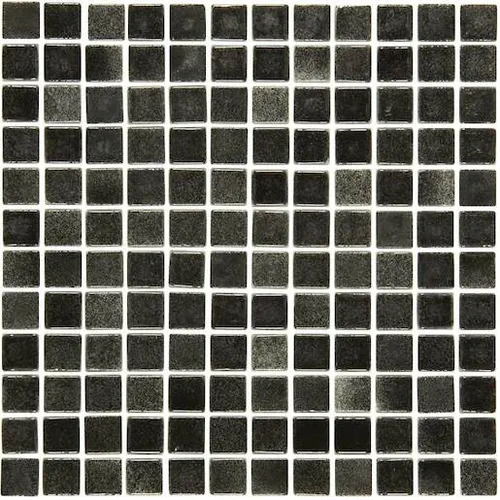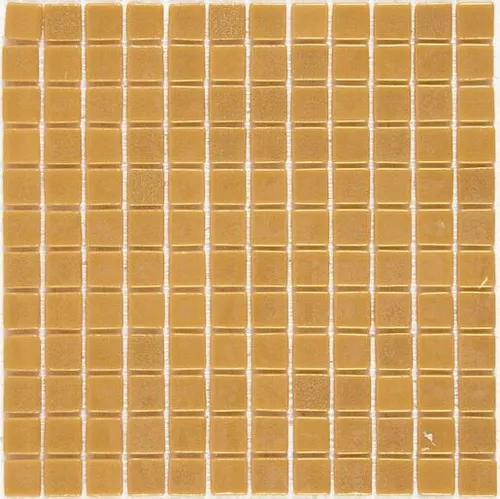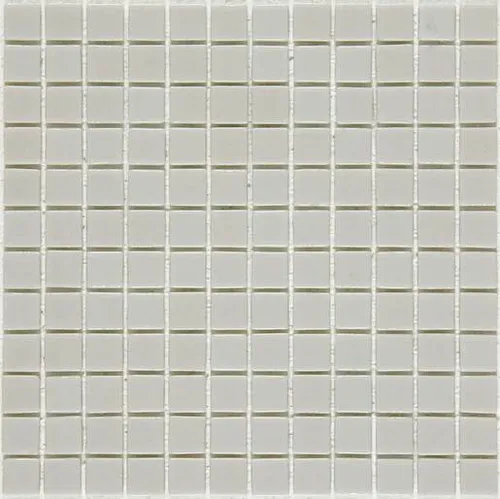Building Materials
Building materials are essential components used in the construction and renovation of structures, ranging from residential homes to commercial buildings. These materials serve various purposes, including providing structural support, insulation, and aesthetic appeal. Whether you are a contractor, architect, or a DIY enthusiast, understanding the different types of building materials and their applications is crucial for any construction project.
When selecting building materials, several key factors should be considered to ensure you make the best choice for your specific needs. First, assess the intended use of the material. For instance, if you are constructing a load-bearing wall, you will need materials that offer strength and durability, such as concrete or steel. Conversely, for insulation purposes, materials like fiberglass or foam board may be more appropriate. Additionally, consider the environmental impact of the materials you choose. Sustainable options, such as reclaimed wood or recycled metal, can reduce your project's carbon footprint while still providing excellent performance.
Another important parameter to evaluate is the climate in which the building will be located. Different materials perform better in varying weather conditions. For example, brick and stone are excellent for areas with high humidity, while treated wood is ideal for dry climates. Furthermore, the aesthetic qualities of the materials should not be overlooked. The right choice can enhance the visual appeal of your project, contributing to its overall value.
Each type of building material comes with its own set of advantages and disadvantages. For instance, while concrete is known for its strength and longevity, it can be prone to cracking if not properly cured. Wood, on the other hand, offers warmth and versatility but may require regular maintenance to prevent rot and insect damage. Understanding these characteristics will help you make informed decisions that align with your project goals.
To maximize the performance and longevity of your building materials, proper usage and maintenance are essential. For example, when working with wood, ensure it is treated to resist moisture and pests. Regular inspections can help identify any signs of wear or damage early on, allowing for timely repairs. Similarly, when using concrete, proper curing techniques can prevent cracking and enhance durability.
Combining different materials can also yield excellent results. For instance, using a combination of steel and glass can create a modern aesthetic while ensuring structural integrity. Additionally, pairing insulation materials with energy-efficient windows can significantly improve a building's energy performance, leading to lower utility costs over time.
In conclusion, selecting the right building materials is a critical step in any construction or renovation project. By considering factors such as intended use, climate, and aesthetic appeal, you can make informed choices that enhance the functionality and beauty of your space. Understanding the advantages and disadvantages of various materials, along with proper maintenance practices, will ensure that your project stands the test of time. With thoughtful planning and execution, you can create a structure that not only meets your needs but also contributes positively to the environment and community.
show more text











